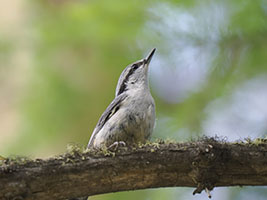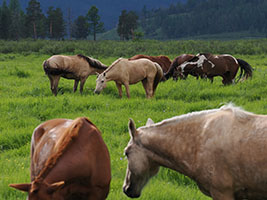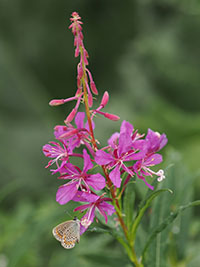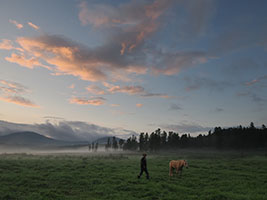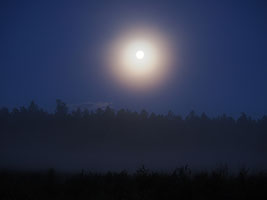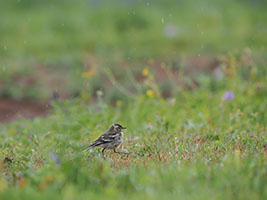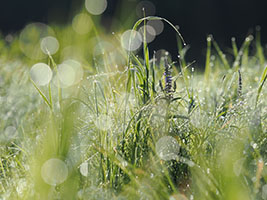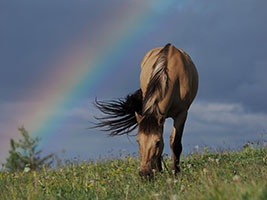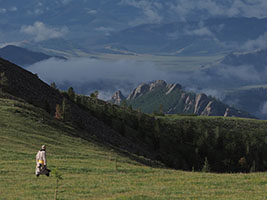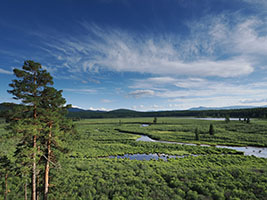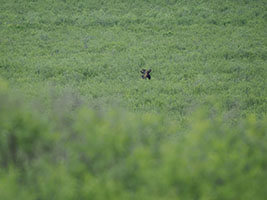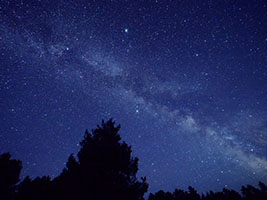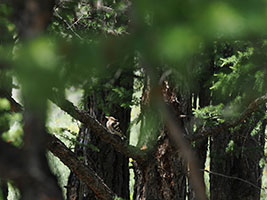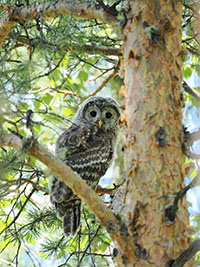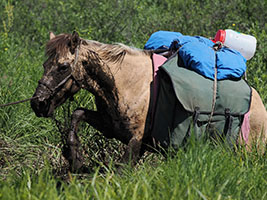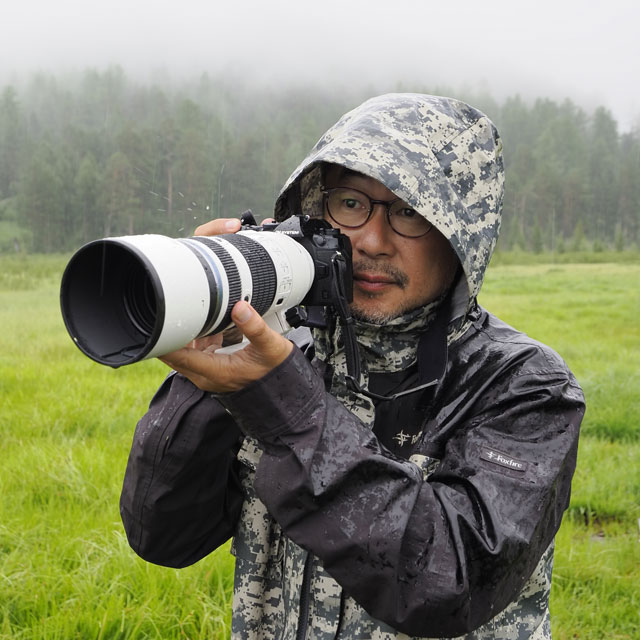
Tetsuro Shimizu

Tetsuro ShimizuJapan
Born in Yokohama City in 1975. After graduating from the Nippon Photography Institute, Shimizu worked as an assistant to photographer Toshinobu Takeuchi for three years and then began freelancing at 23. Active in a wide variety of genres including nature to snapshots and documentary photos with a unique point of view. His photo collections include CHANGE, New Type, Otamajakushi Genetic Memory (Tadpoles’ Genetic Memory), Wadachi (Track), Tokyo Karasu (Tokyo Crows), and the photo essay Umatabi - Mongoru 20 Nenkan Shuzai Shita Shashinka no Kiroku (Journey on Horseback - The Journal of a Photographer Covering Mongolia for 20 Years). Holds many individual exhibitions. Main awards include the 1st Yonosuke Natori Photography Award, the 2014 Photographic Society of Japan Newcomer’s Award, and the 2016 Sagamihara Photography Newcomer Honorable Mention Award. He is a director of the Japan Professional Photographers Society and a part-time lecturer in the Department of Photography, College of Art, Nihon University.

I headed to a forest in the northern part of Mongolia. Some of the nomads that I had met last autumn asked if I would like to visit the woods on horseback where the scenery is beautiful and there are plenty of birds and animals. No one lives in the wetlands, forests, or nearby area. I packed 10 days worth of food, a sleeping bag, camping gear, a solar panel, a portable power source, and other equipment in side bags and a sack which I tied to the sides and top of the saddle for balance, and fastened them with a rope so they wouldn’t fall off. Before I knew it, Eurasian Magpies and Common Ravens had gathered around and watched from a distance. I hefted a backpack onto my back holding two OM-1 Mark II camera bodies, my M.Zuiko Digital ED 8-25mm F4.0 PRO, and M.Zuiko Digital ED 50-200mm F2.8 IS PRO, two teleconverters (x1.4 and x2), backup batteries, and 8x42 PRO binoculars and set out on my horseback journey.

OM-1 Mark II, M.Zuiko Digital ED 50-200mm F2.8 IS PRO, 222mm equivalent, M mode, F2.8, 1/500sec, ISO200
To the tune of a crying Cuckoo, we headed into the forest, horses and men alike assailed by countless horseflies, flies, and mosquitoes. Much of the ground was covered in loose rocks, and the horses picked their way through the terrain carefully. We faced many treacherous spots, including river crossings, climbing over felled trees, and wading through marshes that came nearly to the horse’s shoulders. We traveled in silence, 25 to 30 kilometers per day without resting, only camping at night. Just like the animals that lived in the area, we humans and the horses drank from the streams and ponds. Every day, the beating wings of blood-sucking insects rang in our ears from dawn to dusk. When I spied an animal or bird, I quickly got off my horse and snapped photos with my M.Zuiko Digital ED 50-200mm F2.8 IS PRO. Each time I couldn’t help but exclaim at the amazing depictive performance. The subjects I focused on stood out in three dimensions and the defocusing effects were beautiful. The closest focusing distance on the super telephoto lens is an astonishing 0.78 m. Capturing close-up subjects without needing to change the lens was easy. When I was some distance away from the subject, I used my two teleconverters which never affected the image quality. I was very glad that I could keep photographing wild animals and birds without removing them.

OM-1 Mark II, M.Zuiko Digital ED 8-25mm F4.0 PRO, 50mm equivalent, A mode, F5, 1/30sec, ISO400
OM-1 Mark II, M.Zuiko Digital ED 8-25mm F4.0 PRO, 32mm equivalent, A mode, F4, 1/50sec, ISO400
One day, while heading down a rocky spot, some of the baggage almost fell off one of the horses. As I began to tie it back on, I felt a raindrop and then a sudden, intense thunderstorm crashed down on us. It began hailing and I was soaking wet from head to toe, but the splash & dust proof design of the camera and lens was reassuring, and enhanced my desire to shoot. It rained a few times on our journey, but I had no problem shooting without a rain cover. Being able to shoot in any type of weather is one of the strengths of OM SYSTEM products. Much of the forest was dark, but the bright maximum f2.8 aperture and the world’s most powerful 5-axis sync IS were incredibly helpful. One of the best things about the large-diameter lens is its excellent performance in dark locations and beautiful defocusing effects. The M.Zuiko Digital ED 50-200mm F2.8 IS PRO is great when shooting in backlit conditions, and I think it will be of great help in the future.

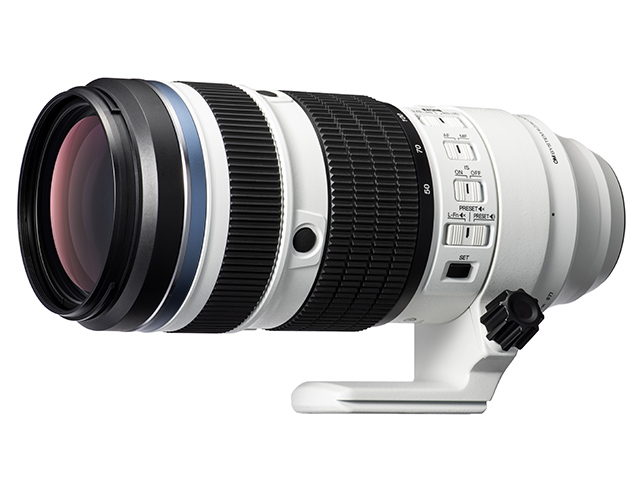
M.Zuiko Digital ED 50-200mm F2.8 IS PRO
Constant aperture f2.8, compact, lightweight, high-performance super telephoto zoom lens

